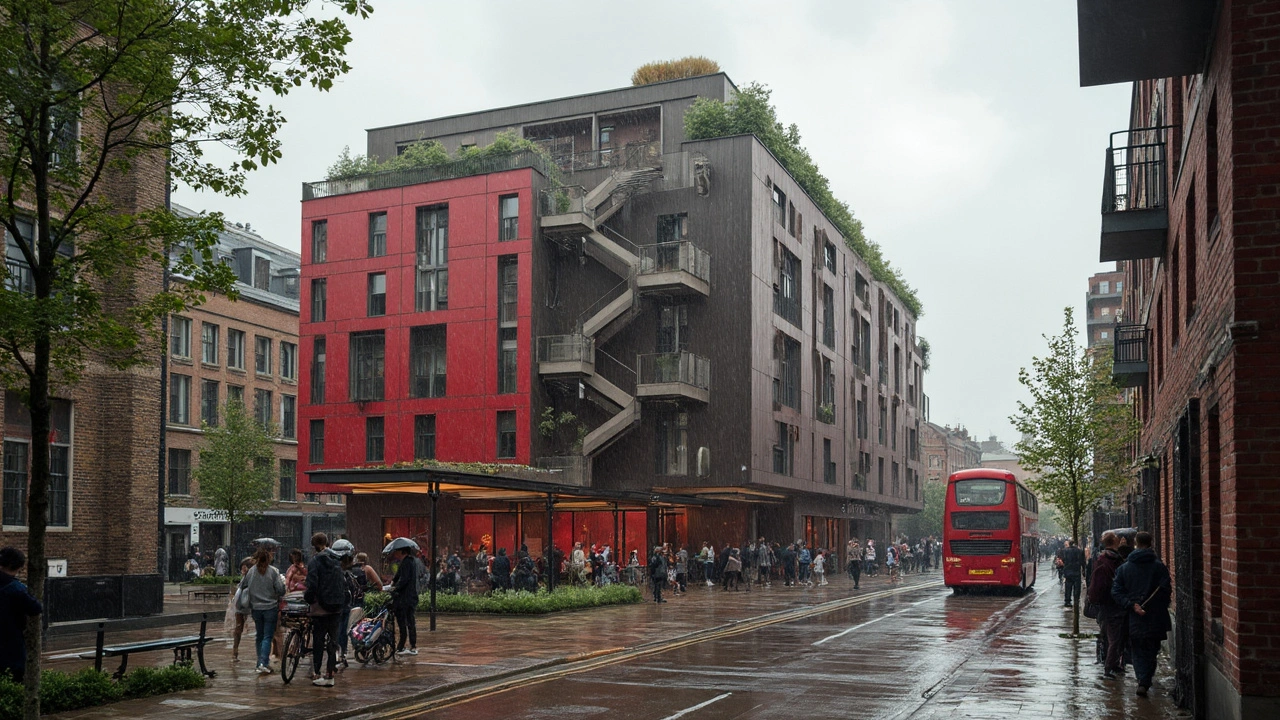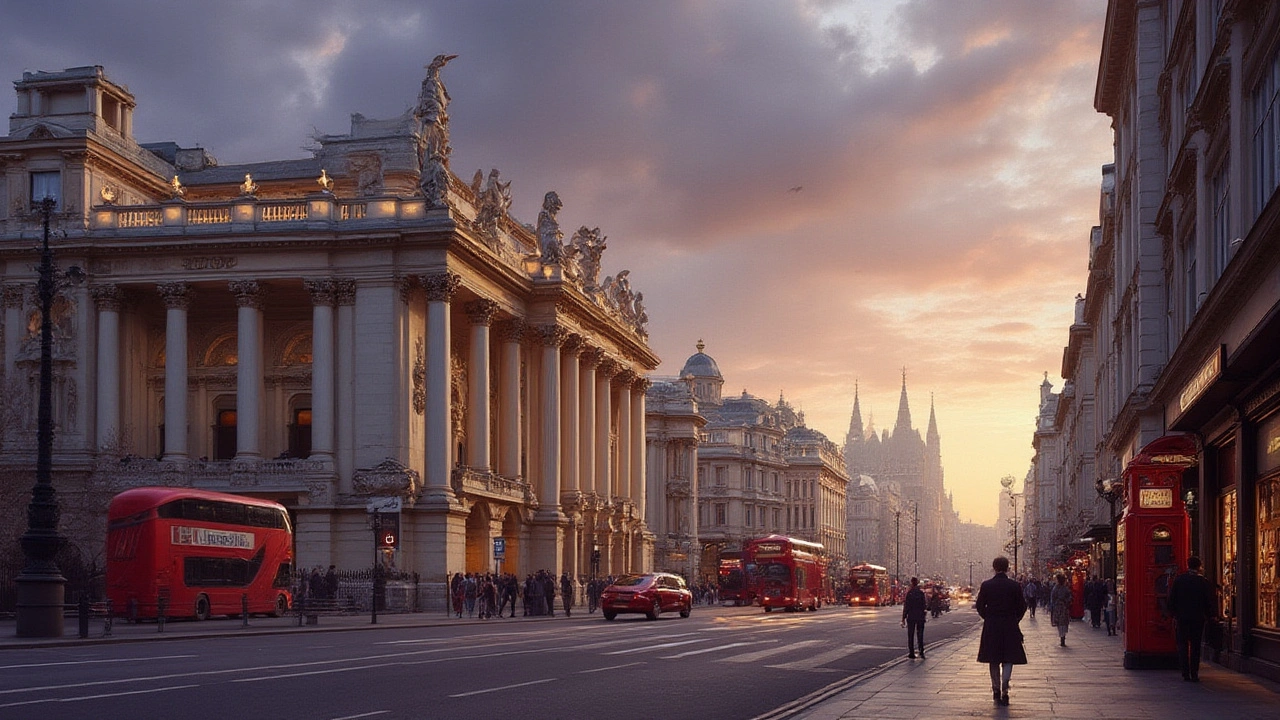What Constructivist architecture means for cities now. Clear guide, real examples, and checklists to apply its urban logic-fast builds, social spaces, and climate-smart design.
Urban landscapes: how design shapes city life
More than half the world lives in cities today, so urban landscapes aren’t just background—they decide how we walk, work, and meet. Good design cuts heat, boosts safety, and makes places people actually want to use. Bad design does the opposite. This short guide shows what really matters and gives clear steps cities and residents can take right away.
What makes a great urban landscape?
First, think human scale. Streets should feel comfortable to walk on: narrow enough to slow traffic, wide enough for people to pass, and with buildings close enough to make the space feel enclosed. That creates a place where shops, cafés, and benches succeed because people want to stay.
Second, add consistent greenery. Trees and pocket parks cool streets, reduce glare, and improve air quality. Research and real projects show even small tree-lined strips cut local temperatures by several degrees and make summer days bearable. Choose native trees and stagger plantings so shade reappears as trees grow.
Third, prioritize movement variety. Great urban landscapes mix walking, cycling, public transit, and organized delivery access. Protected bike lanes, shorter crossing distances, and clear bus lanes move more people safely than extra car lanes. Look at Barcelona’s Superblocks or NYC’s High Line for examples of how rebalancing space transforms streets.
Fourth, use durable materials and lighting that work at night. Smooth sidewalks, visible curb ramps, and even, glare-controlled lights make public space usable for everyone. Low-maintenance materials cut repair costs and keep places welcoming year-round.
How cities and residents can improve them today
City leaders: start with quick, low-cost pilots. Paint a plaza, convert a parking lane to seating for a season, or test a temporary bike lane. These tactical changes show results fast and guide bigger investments. Couple pilots with simple metrics: foot traffic, retail sales, crash counts, or heat readings.
Community groups and residents: advocate for specific fixes. Ask for trees on your block, better crosswalks, or a bench near a bus stop. Small projects—like weekend pop-up markets or volunteer clean-ups—create momentum and prove a place’s potential.
Designers and developers: aim for mixed-use ground floors, regular façades, and active edges that engage the sidewalk. That keeps eyes on the street and supports local businesses. Also plan for maintenance—an otherwise great space can decay quickly without a simple upkeep plan.
Urban landscapes are not fixed. With clear priorities—human scale, greenery, mobility options, and durable details—cities can become cooler, safer, and more alive. Walk your neighborhood with new eyes: spot one small change you’d make, and make it happen.
Explore how Beaux-Arts architecture transformed city design, influenced urban planning, and left a legacy on skylines around the world. From grand buildings to boulevards, see its mark everywhere.


